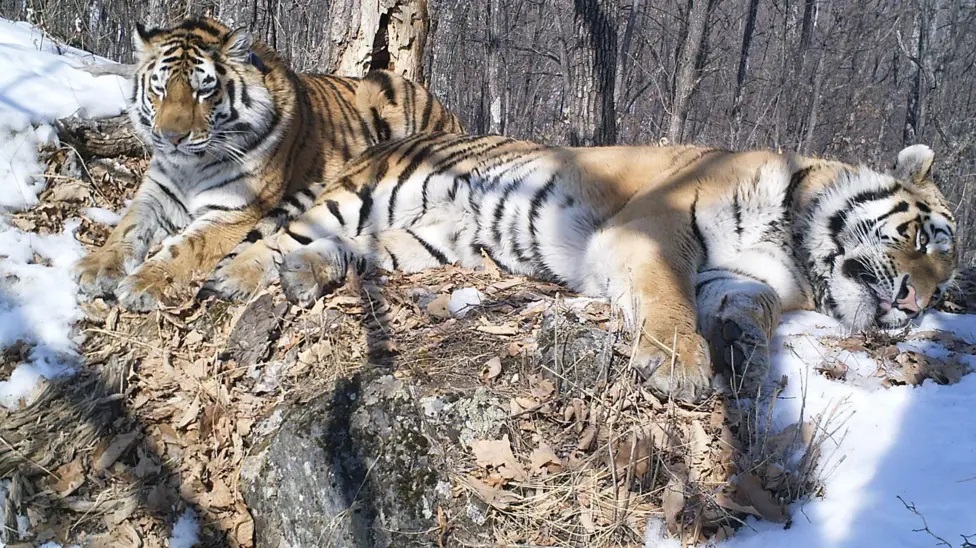
Tigers once roamed Russia from East to West, but by the mid 19th century, the population had fallen to just 1000. However, the question is what was it like originally? Well, one thing we have found out in the last decade, was the fact that the Caspian tiger never existed, this was instead, merely the most westerly population of the Amur tiger. The scary thing about this, is it suggests that the Amur tiger would have roamed possibly millions of square miles of land – and presumably have existed in huge numbers, perhaps over 100,000, though the decline in these numbers is likely to predate modern humans (our ancient pre homo-erectus ancestors were incredibly efficient at killing mega-fauna, thought to be responsible for much of the worlds extinct mega fauna).
While parts of the western end of the tigers range are now well populated by humans, there are still vast areas ready for the tigers return – such as countries like Kazakhstan. This move is perhaps less of a jump forwards – never-the-less, tigers have not been seen in this new area for 50 years.
The Amur tiger population dropped very low, which means that these 6 initial translocations are well suited to form an initial core for the new population, though to retain genetic diversity, it will be necessary to translocate tigers back and forth for the next few decades, until both tiger populations are more safe.
We are a long way from the Pri-Amur tiger population being viable in the long-term, but this reintroduction is a good first step. I hope to see an acceleration of these reintroductions (it was a decade ago that translocation into Kazakhstan was discussed, and this has not yet happened). Is this just the first step in allowing the Amur tiger to return to former haunts, or will this be the only step? Time will tell, but at its worst, this should double the habitat, and potentially the population of the Amur Tiger, and is therefore healthy.











